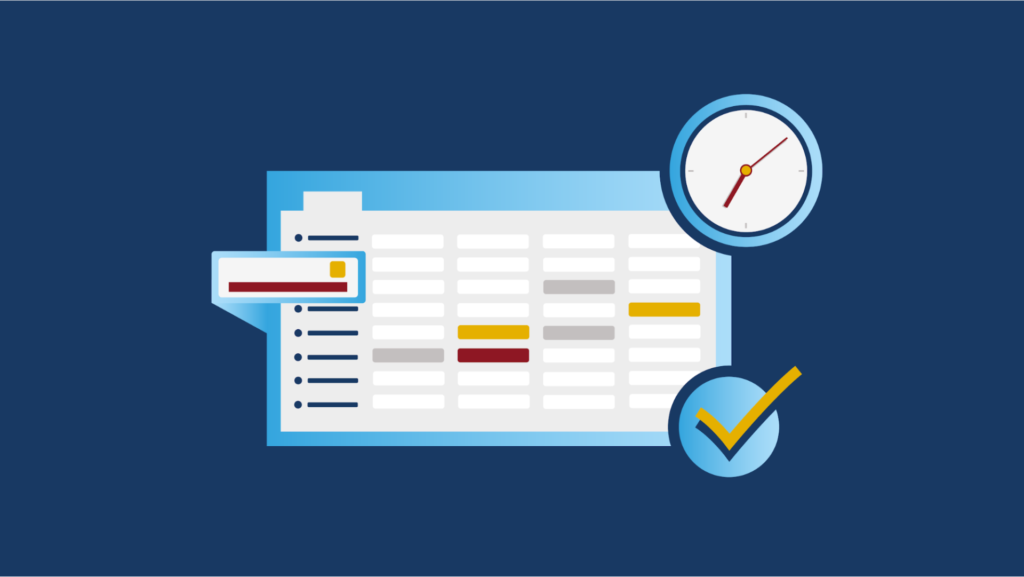A healthcare environment works because of people. These people work long shifts in high-stress situations to take care of the health of their local community. People trust that if they need to see a doctor, they will be able to. That’s why it’s vital to make sure that your healthcare organization has the staff it needs in order to run properly, and the proper scheduling of the right personnel makes that possible.

Time In a Clinical Setting
Working in a clinical setting is a life of long hours for days or weeks at a time. Scheduling must be managed properly in order to accommodate the needs of the medical staff, patients and the healthcare organization as a whole. If a physician’s schedule is not built to accommodate an efficient workflow and integration with other needs and technologies, undesirable results may occur: extended patient wait times, work burnout, wasted or mistracked time, errors in payroll and more.
In an environment in which time is a precious commodity and can make all the difference in a patient’s treatment, it’s important that physicians have a high-quality, unified, customizable scheduling system that can help them eliminate error and improve their productivity.
Scheduling Needs of Physicians and Clinical Staff

Modern medical practices cannot be done without support from technology. Communication, scheduling, care management and more all really on one another in an interconnected web of data flow. Physicians need the latest updates and need to be able to plan and respond to others in order to work effectively and take care of patients as well as they are able. This includes needing access to and proper control over how their schedules are managed. Therefore, healthcare organizations need their scheduling software to serve many functions because the professional life of their physicians is nuanced and multifaceted.

Accessibility
Physicians are always on the go, taking care of patients or working on paperwork. So they need quick access to their schedule on whatever device they carry, with a tap of a finger or a click of a button. Schedules, by their very nature, change all the time. For physicians to work effectively, they need to have quick access to the most current information, whether it be cancelled appointments, shift switches or changes in on-call status. Accessibility keeps physicians in the know and assists them in getting all of their work done during each shift. It also gives them quick access to scheduling requests like time off, call-outs or recording overtime.
Proper Shift Management
Different healthcare organizations track time and create schedules differently according to their individual needs. Many have different hours of operation and different ways that they handle shifting. Therefore, each organization needs a customized procedure for planning out these shifts in a way that is fair, consistent and organized for every staff member. Scheduling software should empower the organization to create and modify schedules however they need. Also, staff should be able to interact with one another about how scheduling is being handled. This enables rapid resolution of any issues and awareness of who’s working on their team on any given day.
Time Tracking & Payroll
The ability to accurately track time is invaluable for a healthcare organization. Schedules need to evolve with staff needs, and time is a resource that must be closely managed in order to maximize efficiency and cut down on costly errors. Authority figures need to be able to see how time is being spent in order to analyze the needs of the organization and the efficiency of physician workflows. They need to track overtime, timely arrival on shift, break times, time errors and much more all in one place. All of this information generates important reports and assists with payroll management and compliance with the organization’s time and funding regulations.
Intuitive User Interface
Scheduling software should be simple to use for anyone, regardless of technological skill. Navigation through both surface-level information and in-depth details needs to be seamless and responsive. This also means staff members need to have access to training and on-call support in case they need assistance with the software. Having access to an app that works in every way it was intended to and which is easy to get accustomed to makes life that much easier for medical professionals.
Security
Privacy is imperative for any clinical setting. It keeps both physicians and patients safe and prevents the system from becoming compromised or letting out sensitive information. HIPAA compliance and increased protocols for health and safety are consistently being tested, changed and improved in this digital age. Physicians will want to be certain that both their information and the privileged information of their patients are kept safe and that access is granted only to approved parties.
Communication
Physicians need to be able to reach their colleagues quickly if they need to change a schedule, provide an availability update or if they need to do any other collaborative work that affects time management. Integrated communication tools are handy for these situations because they allow for flexibility while also saving the very time that the schedule manages.
Reliable Support
In order for physician scheduling software to effectively support the staff of a healthcare organization, it needs to have high-quality technical support behind the scenes to back it up. Errors and downtime happen, and updates have to be installed. Information needs to be kept private and protected from accidental loss or erasure, but also needs to be kept accessible at any time. Therefore, technical support has to be available and reliable at all times.

Data Tracking
Administrators and schedule creators need to view analytics and create new schedules. Physicians need to see how their schedules are changing so they can properly plan their shifts. This means physician scheduling software needs to include accessible metrics and data that can be converted into reports and exported as information assets. Scheduling software must be able to present information accurately and transfer it to wherever it needs to go next.
Integration Support
The right physician scheduling software will also need to fit with the other technology used in a clinical environment. Apps need to be optimized for various devices and operating systems. There are so many other forms of software and technology that help physicians get their work done, and integration with these modern tools is key to accessibility and efficiency.
Customization
Each healthcare organization and team of physicians has different needs, so the tools included in the scheduling software need to be tools that physicians find useful. Because this software is only one cog in a vast network of systems, it needs to fit within the system itself. It needs to hold its own while also cooperating and sharing data however the organization deems necessary. Additionally, it needs to support growth potential and evolve to match the needs of your organization and the physicians within it.
How Qgenda Can Help
Qgenda is the number one unified, automated provider scheduling solution for healthcare organizations. It’s a full-service, highly flexible and compatible software solution for tracking scheduling and shifting, a malleable service that can be tailored to any need.
Services
Qgenda offers a wide array of solutions for physician scheduling needs.
Qgenda On-Call allows instant access and seamless communication amongst clinical staff members about both current and future on-shift or on-call times so support is ensured within the team. It’s accessible and stays current so staff members are kept informed about any changes. It’s secure and integrates into whatever other software physicians are using to manage time and data.
Qgenda Advanced Scheduling optimizes time tracking procedures, shift and appointment creation and resource use so labor costs can be kept down. It helps reduce errors, redundancy and inefficiency and promotes satisfaction and a healthy work-life balance for physicians. Automation allows for the implementation of whatever scheduling rules the schedule creator needs to include every time. It also allows instant, real-time access to data and accuracy in shifting details.
Qgenda Time Tracking allows physicians to easily clock in and out. It enables geo-verification for administrative use and keeps track of how time is being spent. When corrections or modifications need to be made to time and labor details, this function allows for rapid implementation of changes and cuts down on confusion and further error.
Qgenda Compensation ties in with every other feature and provides accurate detail for payroll purposes. It ensures efficiency in putting together paychecks and exporting pay reports. It can be adapted to use any pay regulations an administrator needs to create.
Qgenda Insights is a platform that allows a 360-degree view of time, scheduling, labor and how each of these aspects is working with the other to create a daily workflow. It allows administrators and schedulers to see the bigger picture and determine where aspects of scheduling and task management need to be changed. And it provides opportunities to create and implement actionable steps that will ensure the continued productivity and success of the clinical team.
Who Can Benefit From Qgenda Scheduling?
Qgenda is flexible enough that it can be integrated into practically any other form of physician software, from clinical communications to payroll management to revenue cycle management to resident management. Support is available for the top software systems in each category.
Qgenda works for anyone in need of a reliable, advanced physician scheduling system. It works for nonprofit organizations, government agencies, government-affiliated organizations and healthcare organizations from large corporations to small, independent clinics. If you think Qgenda could be the solution to your physician scheduling needs, contact us today!
